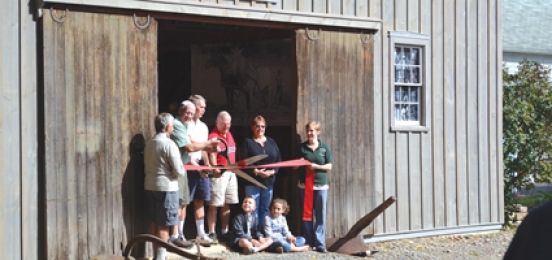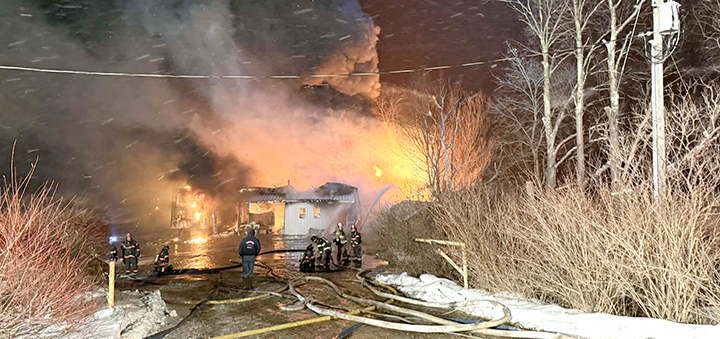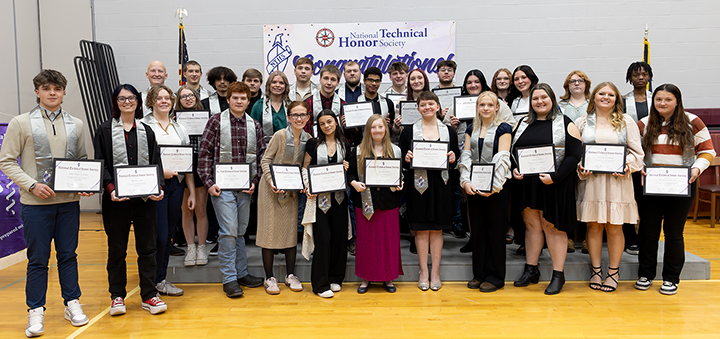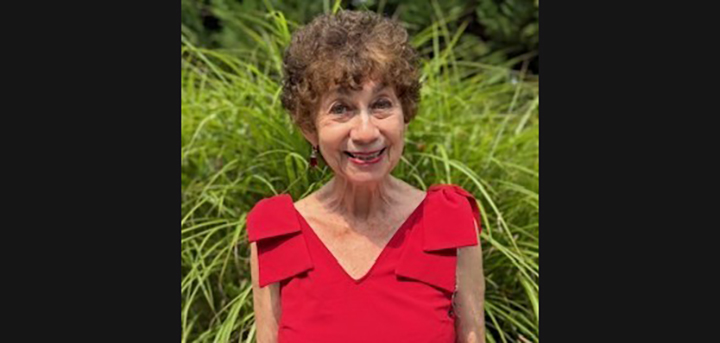CCHS cuts the ribbon of the Loomis Barn
NORWICH – The Chenango County Historical Society saw what was once a left field idea finally come to fruition over the weekend when it hosted the grand opening of the Loomis Barn, a project that’s been four years in the making.
CCHS cut the ribbon to the Loomis Barn on Saturday, thus ushering in a unique agricultural exhibition center featuring a collection of post Civil War displays and artifacts that reflect farm life and progression of the ag industry in Chenango County.
The center – dubbed the “Bob Marshman Agriculture Education Center” – includes photographs, written accounts and video presentations, along with recognition of businesses, individuals and other organizations that have been influential to the development of the local ag industry.
As for the barn itself, it’s perhaps the most exciting feature of exhibit, said CCHS Board President Joyce Zummo.
“This has been one of the most diverse and exciting projects I’ve ever been involved with,” said Zummo, citing the nearly 4,000 volunteer hours that went into the $400,000 venture of re-constructing the barn outback of the CCHS museum on Rexford Street.
The Loomis Barn concept was first brought to the table four years ago. The project entailed relocation and reconstruction of an 1860s horse barn once owned by the notorious Loomis family, a name made famous by the family’s acts of horse thievery and livestock rustling in the 19th century.








Comments